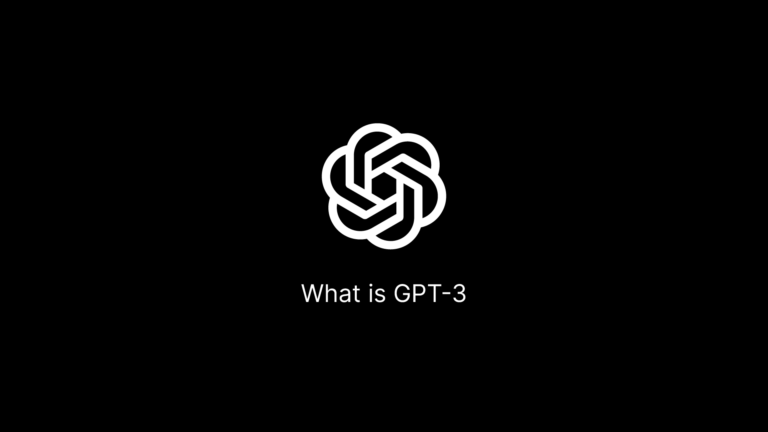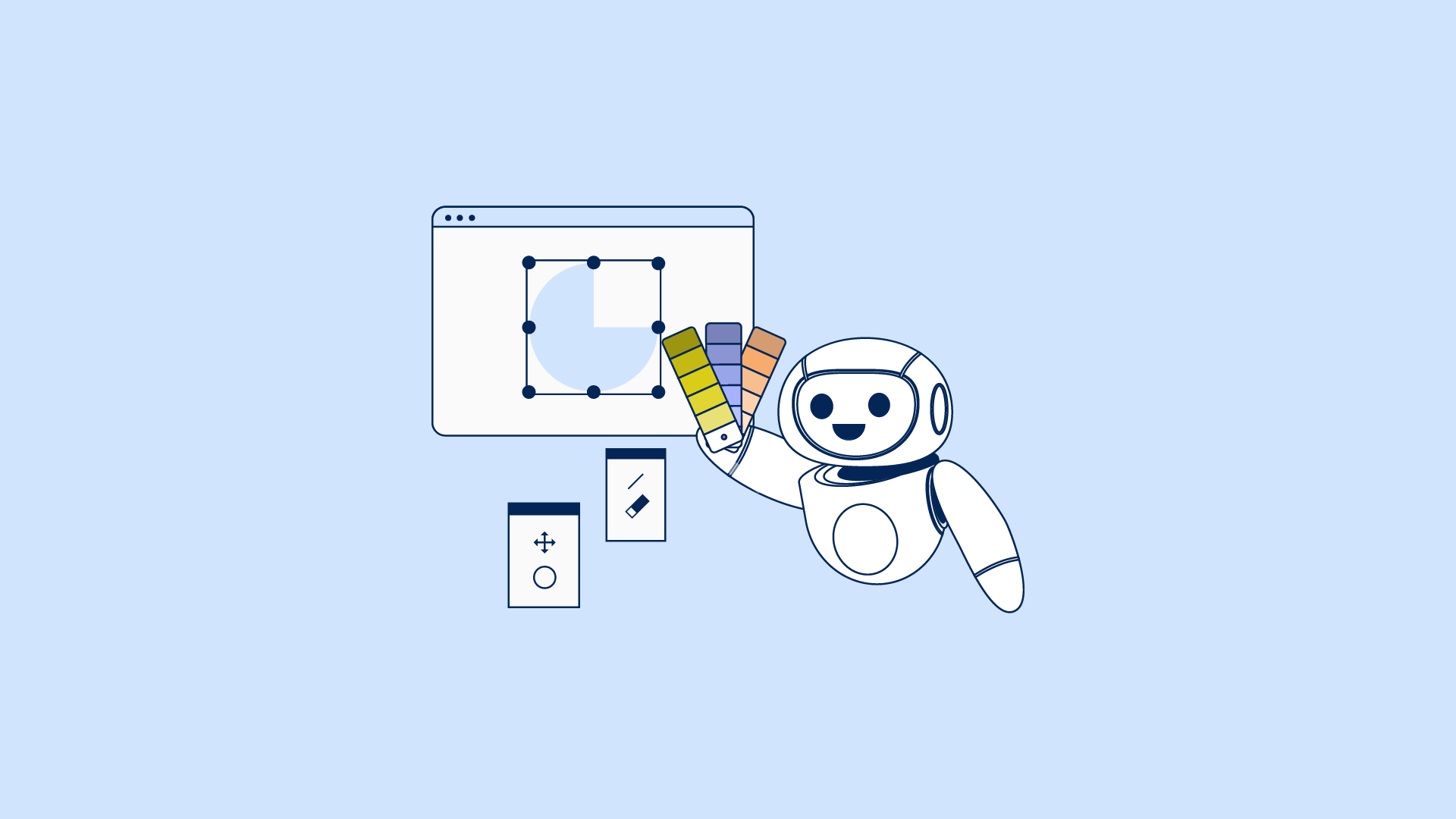|
Getting your Trinity Audio player ready...
|
GPT-3 is an artificial intelligence tool that has been gaining attention in the business world for its ability to create text, audio, and visual content quickly and accurately. This advanced technology enables businesses to save time by automating many tasks and can even produce realistic conversations with end users.
This software was created by OpenAi as the third version of their GPT-1 and GPT-2 language models. It can create a range of content for use and understanding by humans. This is because GPT-3 can comprehend human language and write like humans. Its ability to analyze content sources and share the most relevant parts is great in its everyday application in business marketing and communication.
We can honestly say this software is the closest artificial intelligence technology has been this close to humans. One of the biggest and widely used applications for GPT-3 is in content writing which many question if it can help them rank content in an already competitive Google index.
That is yet to be seen, some content writers are already seeing results in ranking content written completely using Chat GPT-3.
Let have a look at what this artificial intelligence software is and what it can do for your business.
What is GPT-3?
GPT-3 (generative Pretrained Transformer 3) is a revolutionary auto regressive language model that uses deep learning to generate human-like text.
Allow me to get a bit technical with this explanation of this powerful AI tool to give you a bit of more backing as to why its . It has a standard transformer network architecture with 2048-token-long context and 175 billion parameters, making it one of the most powerful language models ever created.
The program can be described as a neutral network (a specific type of statistical program) and a statistical program. Meaning the technology can put together data pieces that are relevant the same way a human being would.
According to recent research, GPT3 samples can produce creative and witty pieces of writing that closely resemble human-generated content. It is also capable of generating functioning code and chatting in a way that feels similar to a person.
What can GPT-3 do?
GPT-3 is a powerful natural language processing tool that has been developed to generate human understandable content. It uses text from the internet to learn how to generate realistic human text, and can be used for a variety of tasks such as creating articles, poetry, stories, news reports and dialogue.
GPT-3 can also be used for automated conversational tasks, responding to any text that a person types into the computer with an appropriate response.
In addition to generating human language text, GPT-3 can also create anything with a text structure. This means it can be used for more than just natural language processing it can also be used for other tasks such as summarizing documents or creating code snippets.
With its ability to generate high quality content quickly and accurately, GPT-3 is becoming increasingly popular in many areas of research and development.
GPT-3 has been found to be extremely accurate in its predictions, making it a valuable asset for businesses looking to automate certain tasks or create content quickly and efficiently.
It’s possible to complete UI prototypes in Figma using GPT-3, simply by entering a sentence or two describing the desired website. Astoundingly, GPT-3 can replicate entire websites when given just the URL as a starting point.
The potential applications for GPT-3 are vast and varied. From creating creative writing and programming code to mocking up websites and cloning existing ones, it is clear that this powerful tool will continue to revolutionize how we interact with technology.
With its ability to generate accurate results from minimal input, GPT-3 could become an invaluable asset for developers and creators alike in the near future.
One of the most common advanced applications for GPT-3 is image generation, and graphics based on suggested text by an application called …. build on GPT-3’s API.
How does GPT-3 work?
GPT-3 is a language prediction model that uses neural network machine learning to take input text and transform it into the most useful result. This is done by training the system on a vast body of internet text to spot patterns.
GPT-3 is the third version of a model that focuses on text generation based on being pre-trained on an enormous amount of text. When users provide input, the system analyzes the language and uses a text predictor to create output that feels similar to what humans would produce. Even without additional tuning or training, GPT-3 can generate high-quality output that accurately reflects the input given.
The power of GPT-3 lies in its ability to understand natural language and generate meaningful responses from it. By analyzing large amounts of data, it can learn how words are used in different contexts and use this knowledge to generate accurate results. Additionally, GPT-3 has been designed with scalability in mind, allowing for easy integration into existing applications and systems.
As more data is added to its database, its accuracy will only increase over time, making it an invaluable tool for any organization looking for powerful natural language processing capabilities.
What are the benefits of GPT-3?
This technology has the potential to revolutionize customer service, sales, and marketing by providing human-like text output without the need for manual text generation. Some of the applications of GPT-3 can be seen on Ai writing software.
In customer service centers, GPT-3 can be used to answer customer questions quickly and accurately. This could save time and money as well as improve customer satisfaction by providing fast responses.
For sales teams, GPT-3 can help them connect with potential customers by generating personalized messages that are tailored to their needs. Finally, marketing teams can use GPT-3 to write copy that is engaging and persuasive without having to spend hours crafting the perfect message.
All of these applications demonstrate the potential of GPT-3 for streamlining processes and improving efficiency in various industries.
What are the risks and limitations of GPT-3?
GPT-3 is an impressive and powerful AI system, but it does have its limitations and risks. The biggest issue with GPT-3 is that it has been pre-trained, meaning that it doesn’t have an ongoing long-term memory that learns from each interaction. This means that GPT-3 cannot constantly learn and improve itself over time.
Additionally, transformer architectures suffer from issues of limited input size, which can limit certain applications as a user cannot provide a lot of text as input for the output.
One of the main risks associated with GPT-3 is its limited long-term memory and inability to explain why certain inputs result in specific outputs. This means that it can only deal with input text a few sentences long and has slow inference time, making it difficult to use for complex tasks.
Furthermore, GPT-3 suffers from the same problems as all neural networks, their lack of ability to explain and interpret why certain inputs result in specific outputs. This means that users must be careful when using GPT-3 to ensure they understand why the output is being generated.
Additionally, there are ethical considerations when using GPT-3 such as potential bias in the data used to train the model or misuse of the technology by malicious actors. Therefore, users should be aware of these risks before utilizing GPT-3 for any application.
In Summary: AI is Still Getting Smarter
GPT-3 has been the talk of the town for sometime now, as it is by far the largest and most powerful language model created to date. It has been touted as a potential example of Artificial General Intelligence (AGI), but unfortunately still suffers from several limitations that prevent it from being perfect.
GPT-3 offers a wide range of capabilities such as natural language processing, text generation, question answering, and more. It also has the ability to learn from its own mistakes and improve over time with as more data is added in to it. However, there are still some issues that need to be addressed before GPT-3 can truly become an example of AGI.
For instance, it lacks common sense reasoning abilities and its understanding of context is limited. Additionally, its results are often inconsistent due to its reliance on large datasets which may contain errors or bias. Despite these shortcomings though, GPT-3 remains a powerful tool for research.


